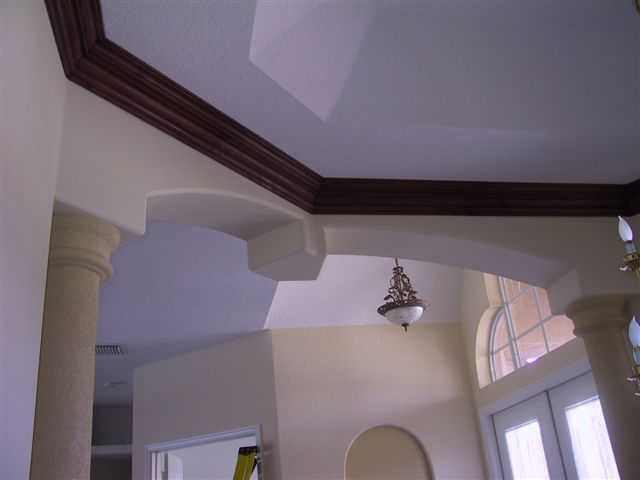Question
We're spec'ing a stair project which the client would like done in walnut. It 's essentially a Victorian design with large x-section tangent railing (with a separate ADA code inner handrail), 1 1/8" thick treads, and 1 3/4" baluster, plus the stair carcass and newels with finials.
I think walnut lumber would be really difficult, if not impossible, to find in size and color useable for this project. Assuming we line up a very good finisher, I'd like to do the job in another species and stain to approximate walnut appearance.
For workability on a project like this, mahogany is almost unbeatable. Less obviously, I've seen poplar made to look very much like walnut. I will also bring up the possibility of mixing species. I'd appreciate some feedback/suggestions from others who've dealt with this issue.
Forum Responses
(Architectural Woodworking Forum)
From contributor D:
Mahogany will be a good substitute, except for the treads – it’s a bit soft for foot traffic. However, there is no reason you can't use walnut. I don't know where you are, but walnut can be had to do this work. Popularity and supply (the best is exported now) have increased pressure and price, so expect to pay for the best. Nothing else is quite like the real thing.
Start with 8/4 stock and cut to length. Rip out any white wood or knots and edge glue-up the boards into wide planks, bandsaw the planks into the radius pieces and then stack and glue them to the required thickness.
Always choose the best pieces that will become the top of the rail (and all from the same board if possible). Yes, you will have to go to the lumber yard and go through a stack of stuff but so what, handrailers of the past often used 16/4 stock, but that was way back when. An alternate to a separate code rail is a large bell-shaped rail that is small on the top but wide at the bottom. I sometimes do one that is 2" wide at the top and 4 1/4" on the bottom and 4/1/4 tall.
Tropical walnut, in the thicknesses you want, is not acceptable due to the drying issues. Right now, true mahogany is expensive and hard to get. Sapele is a widely used substitute. Good working properties.
